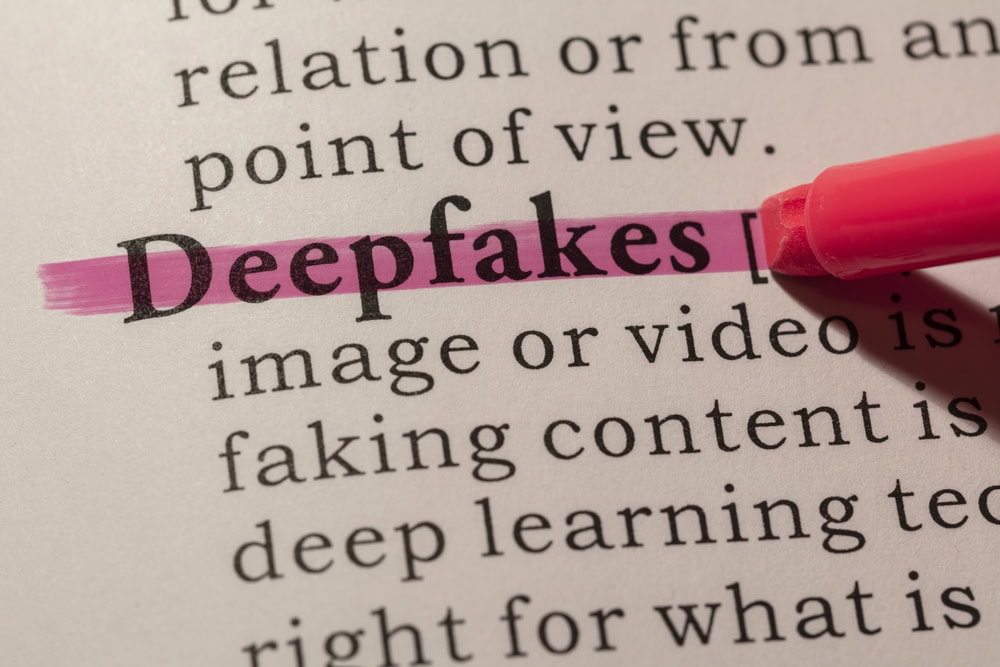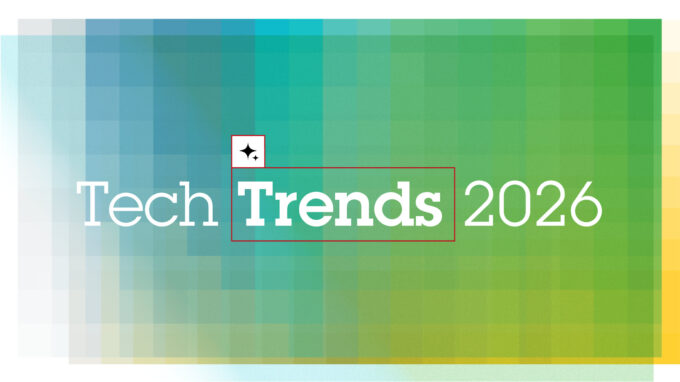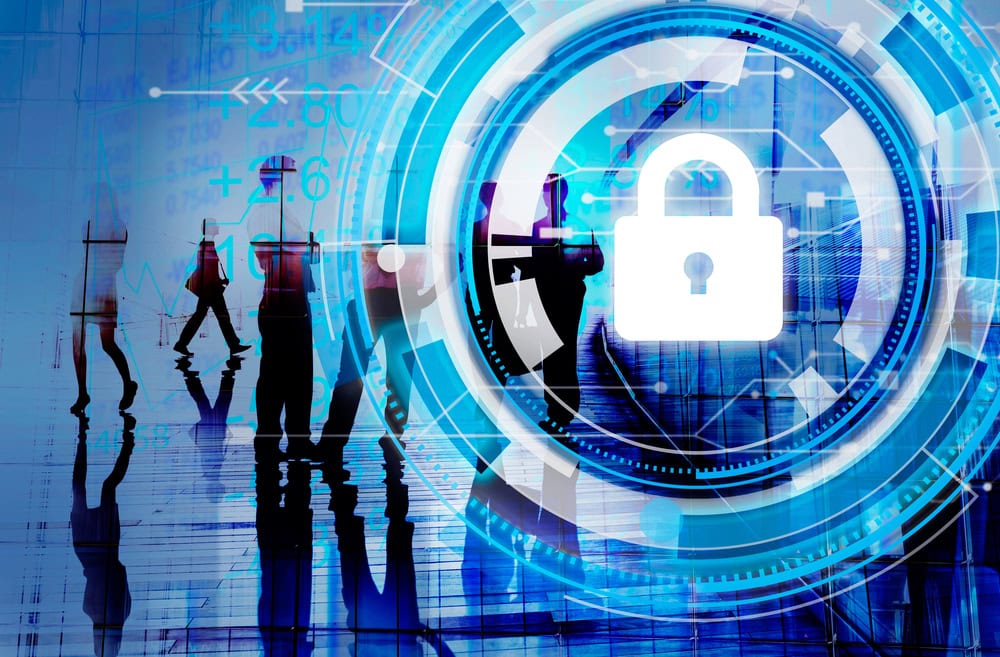Deceptively genuine fakes: How internet users recognize deepfakes
Fake news, fraudulent emails, dangerous viruses: the internet is full of dangers and misinformation. Photos and videos manipulated with artificial intelligence, so-called "deepfakes", are appearing more and more frequently. Alina Gedde, digital expert at Ergo, explains exactly what these are, what dangers they pose to internet users and how they can recognize deepfakes.

What are deepfakes?
More and more people are using applications that rely on artificial intelligence to quickly and easily write texts, enhance photos or simply chat with a virtual conversation partner. However, the new technology also harbors dangers such as deepfakes.
"These are images, videos or sound files manipulated or created with the help of AI that look deceptively real and are barely recognizable as fakes," explains Alina Gedde, digital expert at ERGO. "That's why they often enjoy a high level of credibility and spread rapidly online."
A well-known scam is to put words into the mouths of celebrities that they have never said. "This can be done for the purpose of product advertising. However, people are often also defamed or bullied, for example through AI-generated photomontages that appear to show them in awkward situations," says Gedde.
The worrying thing: Anyone can now create deepfakes quickly and easily with the right apps. "However, it is already a criminal offense to photograph others without their consent. So anyone who fakes or distributes photos or videos is treading on very thin legal ice," warns the digital expert. She therefore recommends that parents also sensitize their children to the issue.
What dangers internet users face from deepfakes
Cyber criminals mainly use deepfakes to influence people's opinions, spread political propaganda or cast public figures in a bad light. Fraudsters also use the technology, for example to manipulate their voice on the phone so that they sound like a relative or acquaintance of their victim. "In this way, they then try to obtain sensitive data such as account information or passwords. Deepfakes also make scams such as the so-called grandchild trick even more sophisticated," says Gedde.
Recognize deepfakes
Computers, smartphones and the like are becoming ever more powerful - and so are AI applications. Forgeries are therefore becoming increasingly difficult to detect. Gedde recommends that internet users look out for unusual curvatures of arms and legs, incorrect proportions, strangely falling shadows, unnatural movements and similar details in photos and videos.
Human facial expressions and gestures are also still a challenge for modern AI applications, and there are often inconsistencies such as image distortions, differences in image sharpness and coloring or a lack of lip sync in videos.
"In fake recordings, the voice often sounds monotonous and tinny. False and unnatural intonations and a choppy flow of speech can also be indications of a deepfake," says the digital expert from Ergo. She also recommends looking at suspicious photos on a large screen, for example. This makes it easier to detect manipulation than on a small smartphone display. A simple internet search often helps to uncover deepfakes.
"If a seemingly sensational video does not appear on any reputable news site, but only on dubious social media channels, it is most likely a deepfake," says Gedde. There are also numerous fact-checking portals on the web where users can find out about current deepfakes. In addition, as is so often the case: don't believe everything and always view information with a healthy degree of skepticism - especially on the World Wide Web.
Source: ERGO Group AG









